Rhode Island’s coastal identity is intimately intertwined with the art of clamming, a cherished tradition that echoes through generations.
Along its picturesque shoreline, clamming enthusiasts find a sanctuary, a connection to nature, and a bounty of culinary delights waiting to be unearthed.
From the sandy flats of Narragansett Bay to the tranquil waters of Salt Pond, the Ocean State offers a tapestry of clamming grounds ripe for exploration.
Here, amid the gentle lapping of waves and the cry of seabirds, individuals of all ages immerse themselves in the timeless pursuit of harvesting quahogs and soft-shell clams.
Join us as we journey through the brackish rivers, hidden coves, and expansive estuaries that define clamming in Rhode Island.
Top 10 Clamming Spots in Rhode Island
Clamming in Rhode Island is not just a hobby; it’s a tradition deeply embedded in the state’s coastal culture.
With miles of coastline and an abundance of estuarine areas, Rhode Island offers some of the finest clamming spots on the East Coast.
Here are the top 10 clamming spots in the Ocean State:
1. Narragansett Bay

Narragansett Bay is not just a prime location for clamming; it’s a treasure trove of maritime life. The bay’s expansive waters encompass a variety of habitats, from sandy flats to muddy bottoms, providing the perfect environment for a diverse range of clam species.
Clammers can expect to find quahogs, the iconic hard-shell clams of Rhode Island, along with soft-shell clams and steamers.
Whether you’re wading through the shallows or digging into the sandy substrate, Narragansett Bay offers an unforgettable clamming experience against the backdrop of stunning coastal scenery.
2. Point Judith Pond
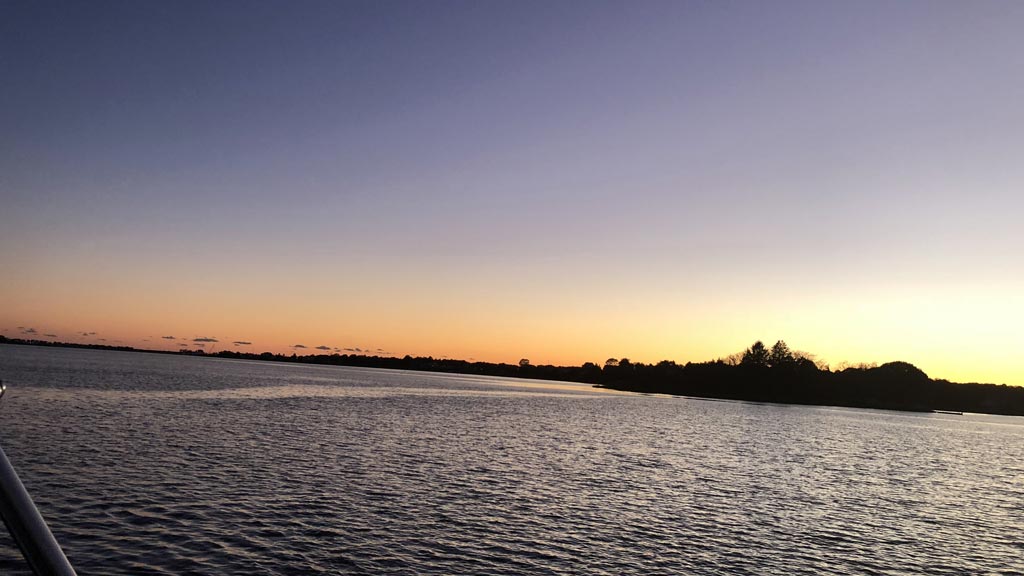
Situated in the picturesque town of South Kingstown, Point Judith Pond is renowned among clamming enthusiasts for its abundant harvests.
The pond’s shallow, brackish waters create an ideal habitat for quahogs and soft-shell clams to thrive.
As the gentle waves lap against the shoreline, clammers can be found carefully combing through the sandy substrate, eagerly searching for their next bounty.
Point Judith Pond’s rich clamming grounds and tranquil surroundings make it a must-visit destination for anyone seeking an authentic Rhode Island clamming adventure.
3. Greenwich Bay
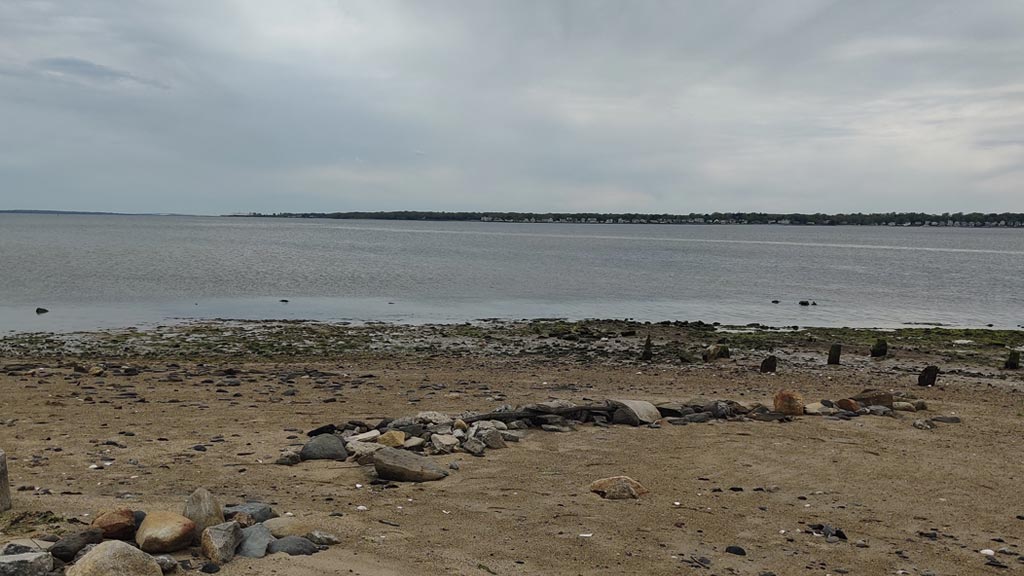
Situated in the heart of East Greenwich, Greenwich Bay beckons clamming enthusiasts with its extensive clamming areas and nutrient-rich waters.
As the gentle currents flow through the bay, they carry an abundance of sustenance for the thriving clam populations.
Here, clammers can expect to uncover a treasure trove of quahogs and steamers hidden beneath the sandy seabed.
Whether you’re a seasoned clammer or a novice explorer, Greenwich Bay offers endless opportunities to connect with nature and savor the simple joys of coastal living.
4. Sakonnet River
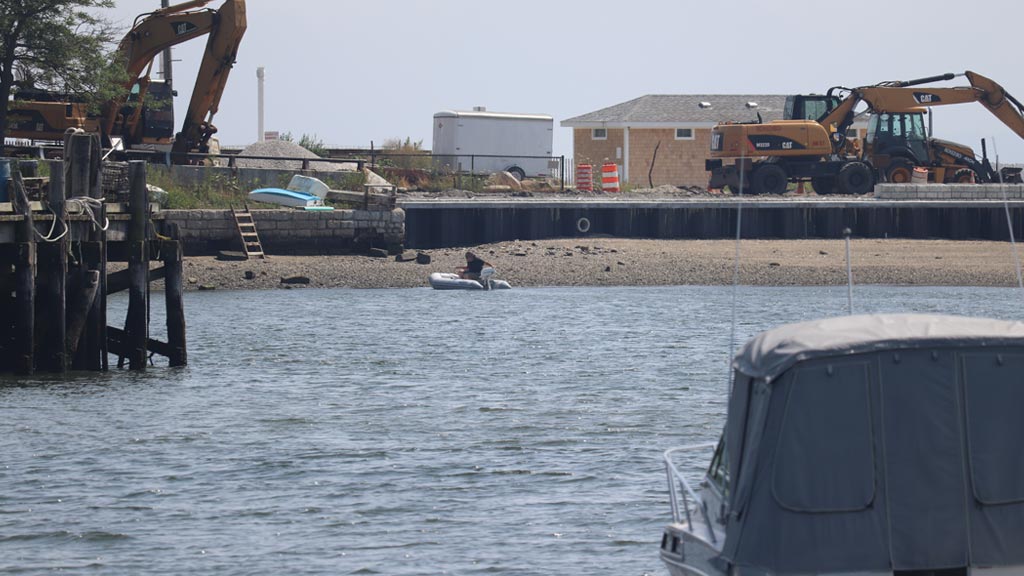
Stretching from the charming town of Tiverton to the quaint village of Little Compton, the Sakonnet River is a haven for clamming enthusiasts seeking pristine waters and bountiful harvests.
The river’s clean, clear waters teem with a variety of clam species, including quahogs, soft-shell clams, and more.
As the gentle breeze whispers through the marsh grasses and the sun glistens on the water’s surface, clammers can be found wading along the riverbanks, their baskets brimming with freshly harvested treasures.
With its scenic beauty and abundant marine life, the Sakonnet River offers a truly immersive clamming experience for all who venture its shores.
5. Ninigret Pond
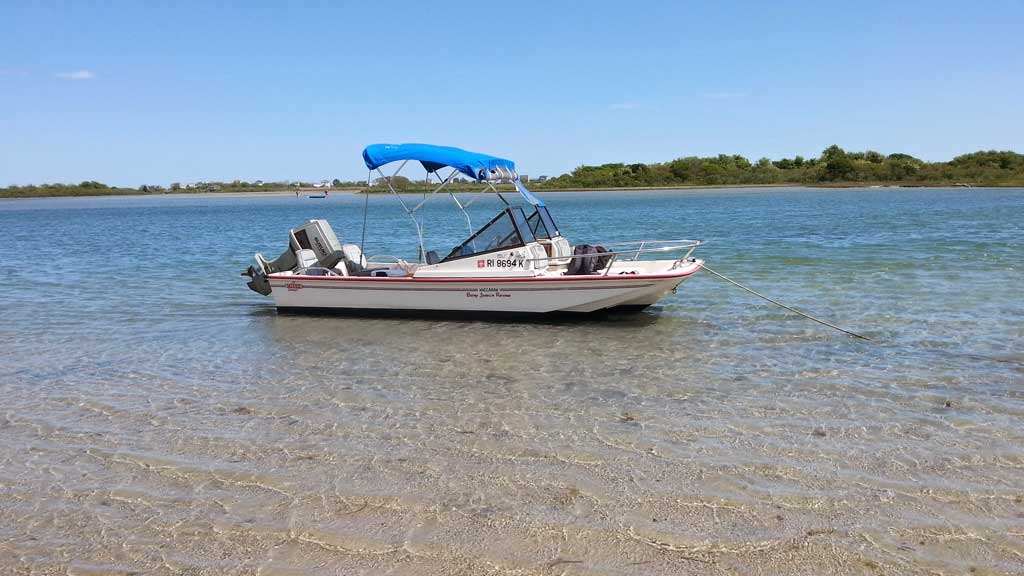
Tucked away in the coastal town of Charlestown, Ninigret Pond beckons clamming enthusiasts with its tranquil waters and nutrient-rich mudflats.
This large coastal lagoon is a favorite among locals and visitors alike, thanks to its thriving populations of quahogs and soft-shell clams.
As the sun rises over the horizon, casting a golden glow across the water, clammers flock to Ninigret Pond in search of their next harvest.
With its scenic beauty and abundant marine life, Ninigret Pond offers an unforgettable clamming experience against the backdrop of Rhode Island’s stunning coastline.
6. Mount Hope Bay
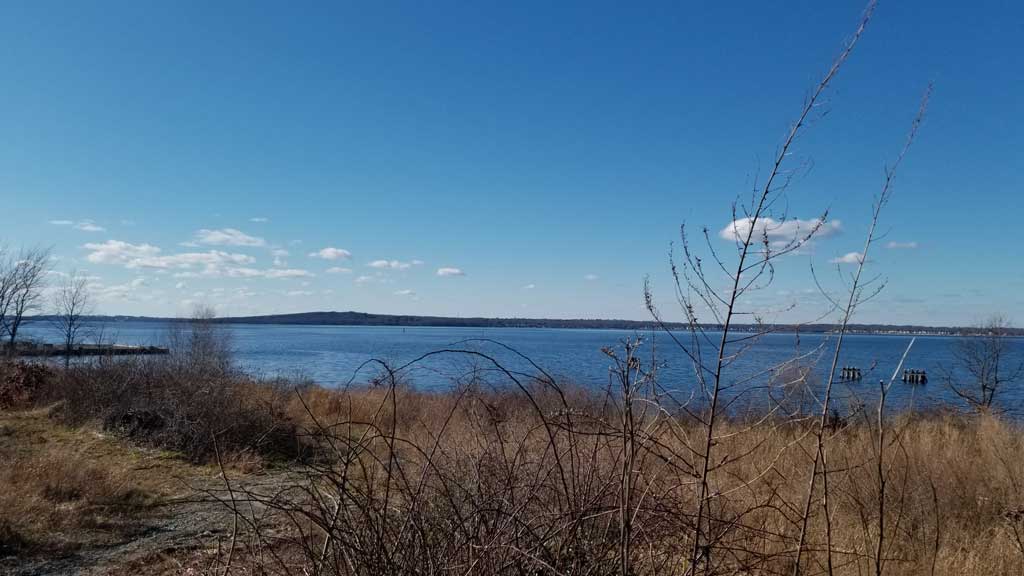
Mount Hope Bay, between Rhode Island and Massachusetts, is a hidden gem for clamming enthusiasts. Its shallow waters create an ideal habitat for quahogs, the prized hard-shell clams that are synonymous with Rhode Island’s culinary culture.
Additionally, some areas of Mount Hope Bay yield soft-shell clams, adding to the diversity of clamming opportunities in this picturesque bay.
Whether you’re casting your rake or using traditional hand-digging techniques, Mount Hope Bay offers ample rewards for those willing to explore its sandy shores.
7. Salt Pond
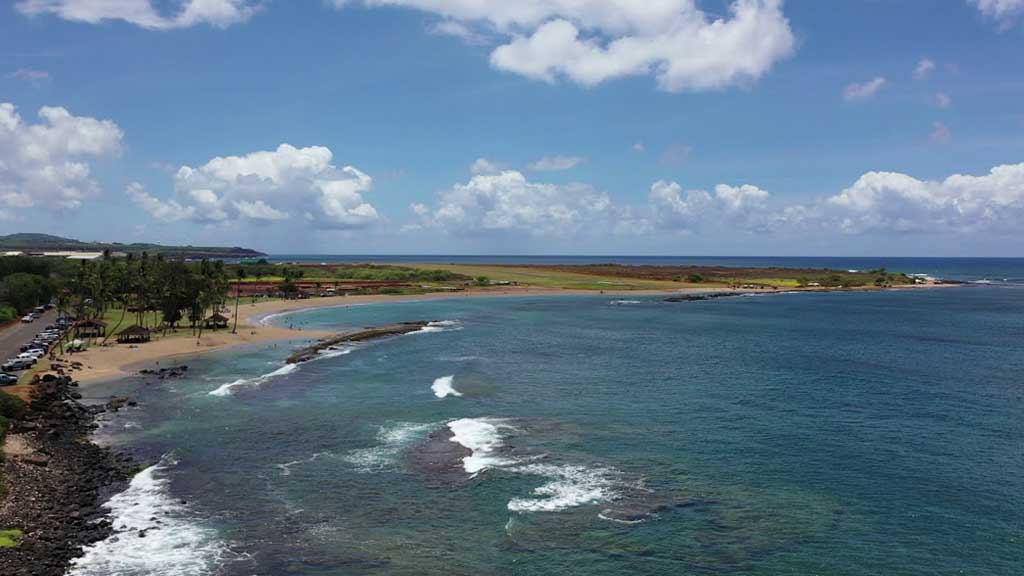
Situated in the charming town of South Kingstown near East Matunuck State Beach, Salt Pond beckons clamming enthusiasts with its productive clamming areas and scenic beauty.
The pond’s sandy shallows provide an ideal habitat for quahogs and soft-shell clams, making it a popular destination for both locals and visitors alike.
As the gentle waves lap against the shoreline and seabirds soar overhead, clammers can be found scouring the sandy substrate in search of their next harvest.
With its tranquil atmosphere and abundant marine life, Salt Pond offers a quintessential Rhode Island clamming experience.
8. Pawcatuck River
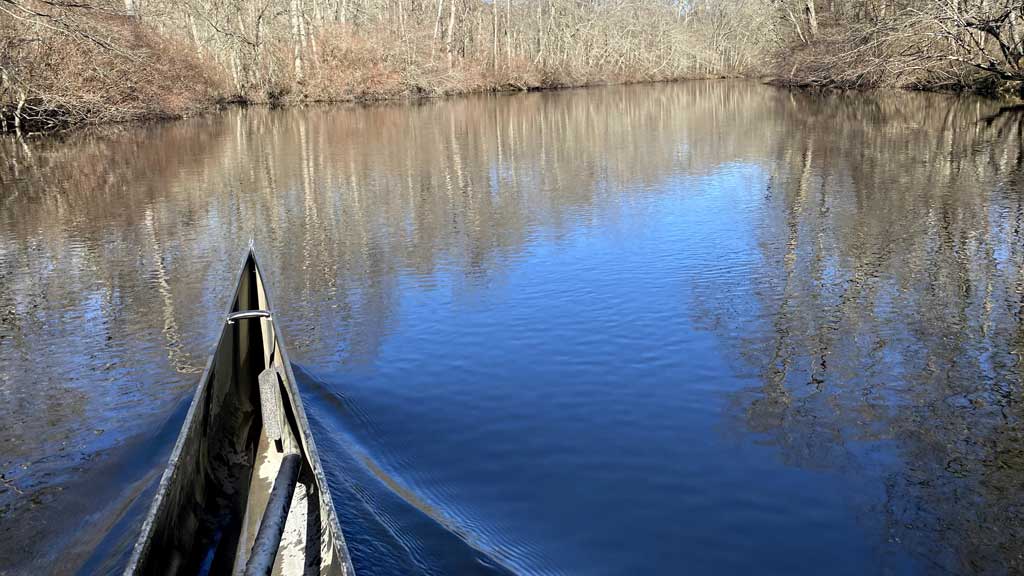
The Pawcatuck River, forming part of the border between Rhode Island and Connecticut, offers prime clamming spots along its scenic banks.
Clammers flock to the river’s brackish waters in search of quahogs and soft-shell clams, drawn by the promise of bountiful harvests and breathtaking views.
Whether you’re casting your rake from the riverbank or wading into the shallows, the Pawcatuck River provides ample opportunities to connect with nature and savor the simple pleasures of clamming along its tranquil shores.
9. Kickemuit River
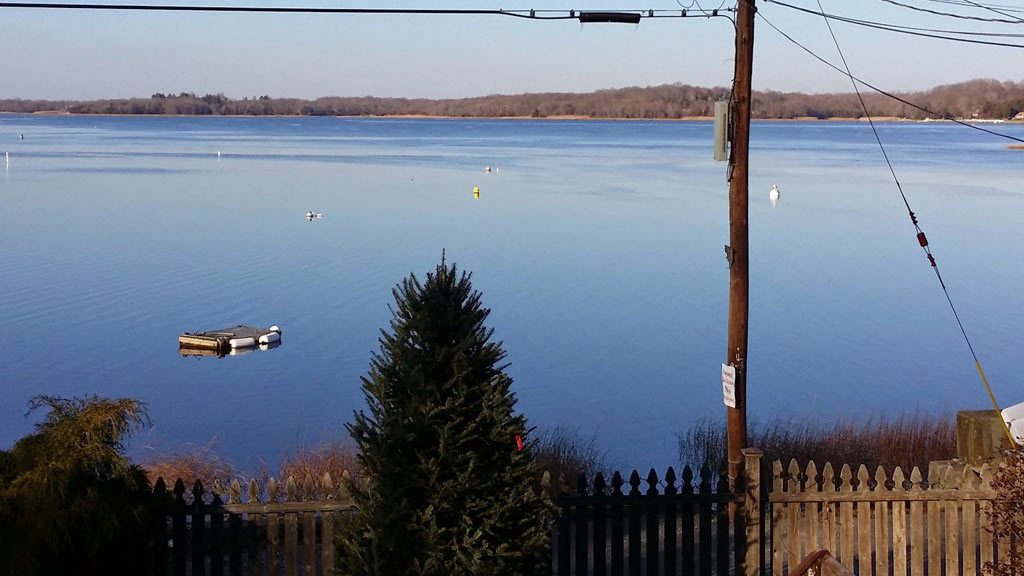
Flowing through the historic towns of Bristol and Warren, the Kickemuit River is a beloved clamming destination in Rhode Island.
Its shallow, sheltered waters create ideal conditions for harvesting quahogs, the prized hard-shell clams that are a staple of Rhode Island cuisine.
As the river meanders through picturesque landscapes and marshy wetlands, clammers can be found exploring its shores in search of their next bounty.
Whether you’re a seasoned clammer or a novice explorer, the Kickemuit River offers endless opportunities for adventure and discovery amidst Rhode Island’s natural beauty.
10. Colt State Park

Located in the scenic town of Bristol, Colt State Park is not only a haven for outdoor enthusiasts but also a hotspot for clamming along its picturesque coastline.
Clammers can explore the park’s shoreline in search of quahogs and soft-shell clams, while soaking in panoramic views of Narragansett Bay and the surrounding landscape.
Whether you’re casting your rake from the rocky shores or combing through the sandy shallows, Colt State Park offers a tranquil setting and abundant marine life for a memorable clamming experience in Rhode Island.
What Types of Clams Found in Rhode Island?
Rhode Island’s coastal waters are teeming with a variety of clam species, each with its own unique characteristics and culinary appeal.
Here are some of the types of clams commonly found in Rhode Island:
Quahogs (Mercenaria mercenaria)
Quahogs, sometimes colloquially referred to as “hard clams,” are an integral part of Rhode Island’s culinary identity.
These bivalves thrive in the sandy and muddy bottoms of estuarine environments, such as Narragansett Bay and its tributaries.
Quahogs come in various sizes, from the small and tender littlenecks to the larger cherrystones and chowders.
Littlenecks are often served raw on the half shell, showcasing their sweet and briny flavor, while larger quahogs are prized for their meatiness and are commonly used in chowders, stuffings, and pasta dishes.
Their versatility and rich flavor make them a staple ingredient in Rhode Island cuisine, cherished by locals and visitors alike.
Soft-Shell Clams (Mya arenaria)
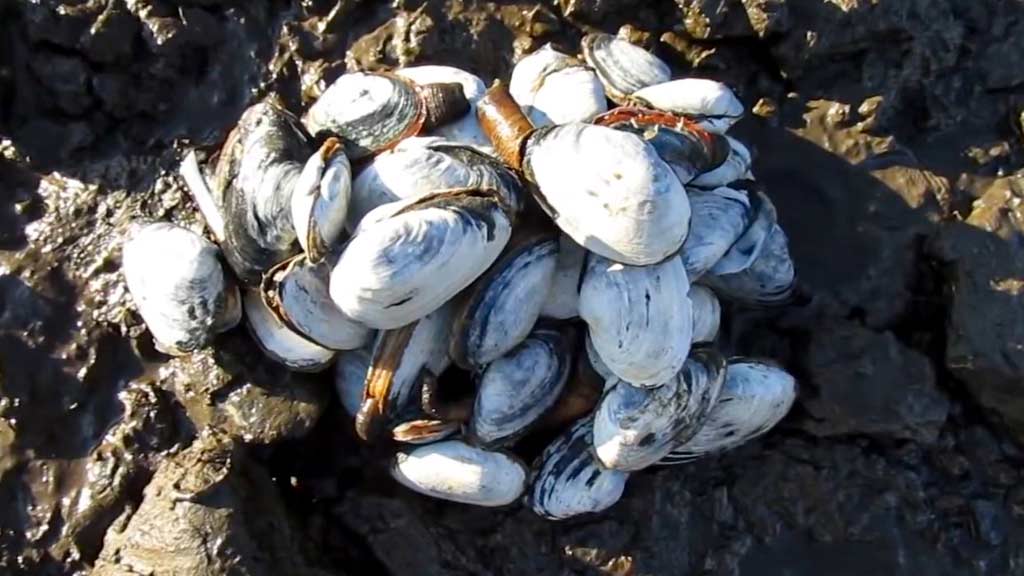
Soft-shell clams, also known as steamers or longnecks, are beloved for their tender texture and sweet, briny flavor.
These bivalves inhabit the intertidal zones of Rhode Island’s coastal estuaries, burying themselves in sandy or muddy substrates.
During low tide, clam diggers can often be seen harvesting steamers by hand or with specialized rakes, carefully probing the sand for these elusive treasures.
Soft-shell clams are a quintessential part of New England seafood fare, frequently enjoyed steamed and served with drawn butter or incorporated into clam boils and seafood stews.
Razor Clams (Ensis spp.)
Razor clams, named for their elongated, razor-like shells, are a lesser-known but nonetheless prized clam species found along Rhode Island’s sandy shores.
These bivalves prefer sandy beaches with strong wave action, where they burrow vertically into the substrate.
Harvesting razor clams can be a challenge, requiring specialized tools and techniques to dig them out without damaging their fragile shells.
Despite their relative scarcity compared to other clam species, razor clams are valued for their delicate, sweet flavor and are often prepared simply to highlight their natural taste and texture.
Surf Clams (Spisula solidissima)
Surf clams, characterized by their large, thick shells and reddish-brown coloration, are commonly found in offshore waters along Rhode Island’s coastline.
While they typically inhabit deeper waters, surf clams can also be found in shallower areas, especially during periods of strong wave action that expose them to the surf zone.
These bivalves have a firm, chewy texture and a mild, slightly sweet flavor, making them suitable for a variety of culinary applications.
Surf clams are frequently used in sushi and sashimi preparations, as well as in clam strips and other breaded seafood dishes.
Mahogany Clams (Artica islandica)
Mahogany clams, also known as ocean quahogs, are deep-dwelling bivalves found along the continental shelf off the coast of Rhode Island.
These large, mahogany-colored clams have thick shells and a rich, meaty flavor. While they are not as commonly harvested as other clam species, mahogany clams are highly valued for their size and quality.
They are often used in hearty seafood soups, stews, and pasta dishes, where their robust flavor adds depth and complexity to the dish.
Harvesting mahogany clams typically requires specialized equipment and is subject to strict regulations to ensure sustainability.
FAQs
How Can I Get Rhode Island Shellfish License?
To obtain a Rhode Island shellfish license, you can apply online through the Rhode Island Department of Environmental Management’s website or visit a local licensing agent to complete the process in person.
What types of clams can I find while clamming in Rhode Island?
Rhode Island’s coastal waters are home to various clam species, including quahogs, soft-shell clams (steamers), razor clams, surf clams, and mahogany clams.
Do I need a license to go clamming in Rhode Island?
Yes, a clamming license is required for anyone age 14 or older to harvest clams in Rhode Island.
Licenses are available for both residents and non-residents and can be obtained from the Rhode Island Department of Environmental Management.
When is the best time of year for clamming in Rhode Island?
Clamming in Rhode Island is typically best during the warmer months, from late spring through early fall.
What equipment do I need for clamming in Rhode Island?
Basic clamming equipment includes a rake, shovel, or clamming fork for digging, along with a bucket or mesh bag to hold your harvested clams.
Are there any regulations I need to be aware of while clamming in Rhode Island?
Yes, there are regulations in place to ensure the sustainability of Rhode Island’s clamming industry.
Wrap Up
Clamming in Rhode Island embodies a cherished tradition deeply rooted in the state’s coastal culture.
With its expansive coastline and diverse estuarine habitats, Rhode Island offers abundant opportunities for clamming enthusiasts to connect with nature and savor the fruits of the sea.
From the iconic quahogs and tender steamers to lesser-known varieties like razor clams and mahogany clams, the state’s coastal waters teem with a rich bounty waiting to be discovered.
Whether you’re casting a rake along the sandy shores or wading into shallow tidal flats, the experience of clamming in Rhode Island is as rewarding as it is timeless, promising memories that will last a lifetime.
Martin McEntee